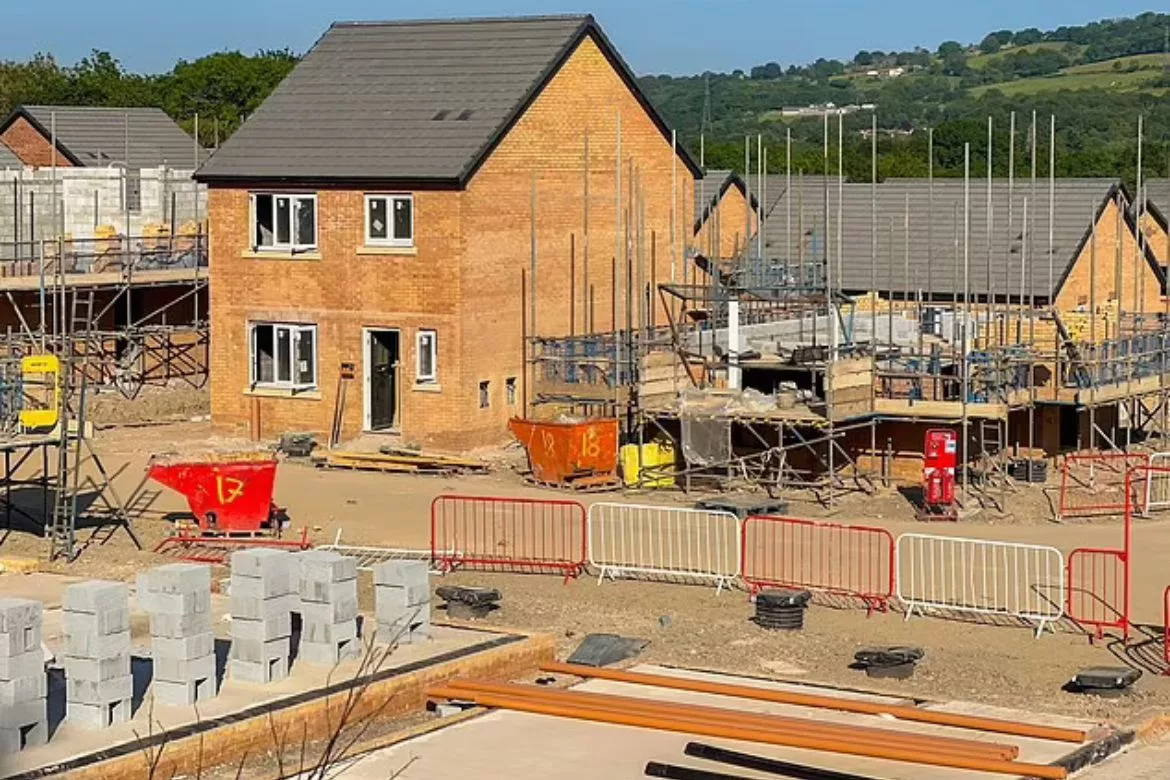
Angela Rayner has revealed an overhaul of England’s planning authorities to help provide Labour’s commitment of 1.5m new houses by 2029. The accommodation secretary said regional housing marks, dampened down by the Conservatives in 2022, would evolve compulsory again.
She also spread out goals to make it more comfortable to create on low-quality green belt ground that will be classified as “grey belt”. Ms Rayner revealed her projects “won’t be without discussion” but modifications were needed to make accommodation more affordable.
But the Conservatives denounced the projects, adding they would move suburban places to take more accommodation from urban Labour areas.
Under the programs, English representatives will once again have to include government-set housing marks into their long-term objectives to allot land.
Councils that earlier failed to do so encountered seeing their ability to block new products curbed.
But Rishi Sunak’s administration devalued them by stating they should only be advisory, in a request to put down a revolt of backbench Tory MPs in delinquent 2022.
Talking in the Commons, Angela Rayner mentioned it as an instance of the Conservatives “yielding into anti-growth backbenchers” and placing “party before country”. She counted that new home beginnings were likely to fall below 200,000 this year, nicely below the last government’s general 300,000 target.
Angela Rayner – Targets Recalculated
Labor also intends to transform how the marks are estimated, including by ditching a 35% “uplift” for the most important urban areas presented by Tories and squeezing. How the procedure accounts for accommodation affordability.
Official records show the differences will mean boards overall will now have to prepare for around 370,000 houses annually. Rather than the current 305,000.
But some metropolitan areas formerly protected by the uplift, which are mainly Labour-run, will witness their marks go down.
The annual percentage for London, where the uplift presently applies per borough. It is set to fall from just beneath 99,000 homes to about 80,000.
Birmingham’s mark is set to decline from 7,174 to 4,974, and Coventry’s will drive down from 3,081 to 1,527.
Some of these boards have earlier grumbled the uplift marks were unrealistic. Ms. Rayner expressed London’s formation would even be a “huge ask” and the earlier target was “complete nonsense”.
She realized that some of the new marks would be “incredible”. But claimed the old method had created some “odd outcomes”.
Nevertheless, the differences were criticized by gloom housing secretary and Tory administration hopeful Kemi Badenoch. Who expressed it would result in more suspense.
She also discussed it could cause suburban and rustic areas to take accommodation from Labour-held internal city areas.
‘Grey Belt’
Elsewhere, the state has provided more elements of its strategy to make it easier to make on specific regions of the green belt. Covered land that covers bigger cities.
It has been suggested that boards with green belts in their places should review the limitations. If they cannot satisfy housing requirements “through other means”.
The new direction will say boards should examine reclassifying previously acquired land. Or land that produces only a “limited grant” towards goals such as saving the country and the unique character of historic villages, as a “grey belt”.
Officials expressed they could not express what balance of the green belt, which protects 12% of England’s ground area. It will be reclassified, with the least amount relying on the selections made by regional authorities.
Growth in grey belt locations will be subject to further “golden rules”. Including the balance of new houses that are categorized as affordable.
Labor also intends to ditch a necessity for new homes to be attractive. Claiming it was too faint and had been diagnosed differently in diverse areas.
The Greens named the planning a “distraction from Labour’s loss to step up and finance the real solutions to the housing problem, including large-scale acquisition in truly inexpensive, bearable council housing.”



